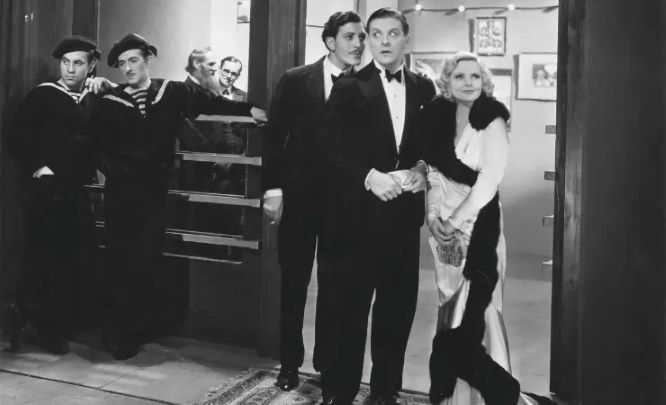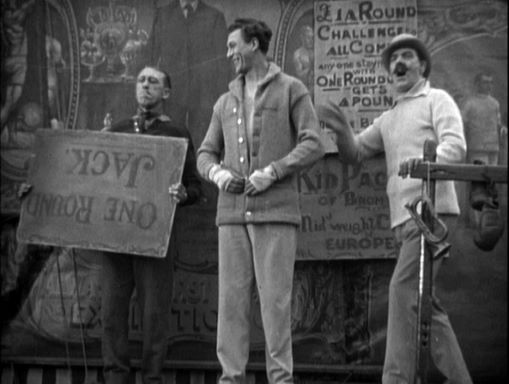Hitchcock: The Beginning
12¦ Blu-rayThere’s every chance if you ask someone to give you an Alfred Hitchcock film they’ll say Psycho. You might even get The Birds or North by Northwest. And it’s understandable, considering how popular the films he made in the US were.
But Hitchcock was British, born in Leytonstone, East London in 1899, and it was on these shores that he began his career in film.
He started off making films in the silent era, and then transitioned into sound – in fact his 1929 film Blackmail was hailed as the first British talkie.
This boxset then is a celebration of his early work, featuring ten of his films, plus a new documentary, all coinciding with what would have been Hitch’s 125th anniversary.

So this is the Bates motel...
The earliest film in the set is the 1927 silent film The Ring that sees a boxer at a fairground get a shot at fighting in the big league, but at what cost?
Then there’s 1928’s The Farmer’s Wife, somewhat an oddity in Hitchcock’s oeuvre as it’s an out and out comedy about a farmer’s process of finding a new wife.
Another comedy is 1928’s Champagne, that sees a young heiress fly off to be with her new boyfriend, much against her father’s wishes.
The Manxman, released in 1929, is a surprisingly racy little number, tackling some contentious issues of the time when a young woman promises herself to one man who then goes off to try and make his fortune abroad, as she becomes ‘friendly’ with another, who just so happens to be his best friend.
And then there’s Blackmail, that features a number of themes and motifs that the director went on to use in his later films, such as a blonde female protagonist, who gets caught up in murder. There were two versions of this released, with the sound version actually being released before the silent one, but thankfully both versions feature here.
1930’s Murder! finds yet another female protagonist in trouble, being accused of murder.

Do you want me to fight upside down too?!
Another of his films released in 1930 was Juno and the Paycock, which was again out of the norm for the director, as its considered his most political work; set in Dublin, it follows a family in the midst of all the troubles, with a work shy father and hard-working mother, whose world is turned upside down.
1931’s Rich and Strange involved a regular theme of travelling, as a couple find themselves on an ocean liner, that sees their own relationship hit some choppy waters.
The Skin Game, also released in ’31, was a film that looked at class, that saw a working class man come good and make a splash with his money in a traditional village, only to upset the locals.
The final film in the collection is 1932’s Number Seventeen, a drama about a group of criminals who return to a house where they left their stash at, only to find that the house isn’t empty.
It’s an impressive collection, and it serves as the perfect showcase as to the building blocks that helped make Hitchcock the legendary director he went on to become. Even if some of them aren’t particularly good – some of his comedies certainly prove that the genre wasn’t really for him – there is evidence in all of them throughout, of a director exploring the medium of film, finding ways other than just narrative to develop the story, such as sound and editing techniques.
All of the films have been beautifully restored, as well as have new scores provided for his silent features – with a few different options for some of them too, with either a simple piano score or a full orchestra – with them all possibly looking better than when they were first released.
Each film has some nice extras too, with most having a film historian discussing that particular feature.
One of the highlights of each however, is listening to the iconic conversation that François Truffaut had with Hitchcock, where they speak about each one. This conversation has been available in book form for some time now, but there is something fascinating about listening to the audio, especially when you hear Hitchcock in his own words discuss his disappointment with some of his work, coming across as quite dismissive in places.
And then there’s the documentary, which offers a pleasing overview of his early work.
It’s a fascinating collection, beautifully restored, offering an insight into a body of work that helped Hitchcock become the master of suspense.
